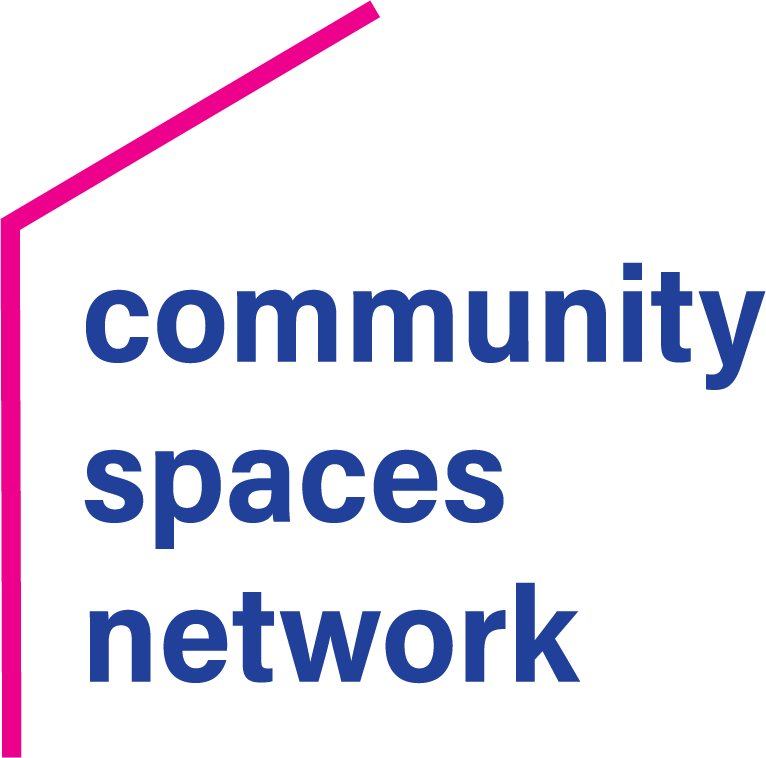When we are talking to folks across North America about their SPRE goals it’s inevitable that there’s gut-check moment when the scale of the project comes into view and everyone wonders where all the money is going to come from. And of course, it’s hard to maintain all of the energy and enthusiasm behind the project while there’s a large gap between available sources and the demands of the project. Community-serving real estate also often faces greater challenges to structuring finances because we are trying to create affordability and sustainability which limits the amount of debt that we want in the project.
This leads to complex “capital stacks” with many sources of funding. Often these sources have competing requirements and some even dictate the structure of the ownership of the project – I’m looking at you New Markets Tax Credits. Philanthropy is critical to completing most of these projects but capital grant making saw a decline over several decades and has not recovered. Philanthropic dollars are often the last to come into the project to fill any gaps.
There is so much room for foundations to show up in a better way for organizations taking on a larger scale capital projects. There are opportunities to be the first dollars in so that those funds can be leveraged to attract additional support. This can even be in the form of a commitment contingent on attracting that additional financing. Foundations can use their balance sheets to help underwrite financing from banks and Community Development Financial Institutions either by providing guarantees or investing directly into CDFI funds. Philanthropy can also create better systems for integrating mission and program related investments into their annual giving plans and overall strategy.
I encourage all of us, as a movement, to challenge all donors to show up for these transformational projects and acknowledge them for what they are; legacies of positive change for our communities.

